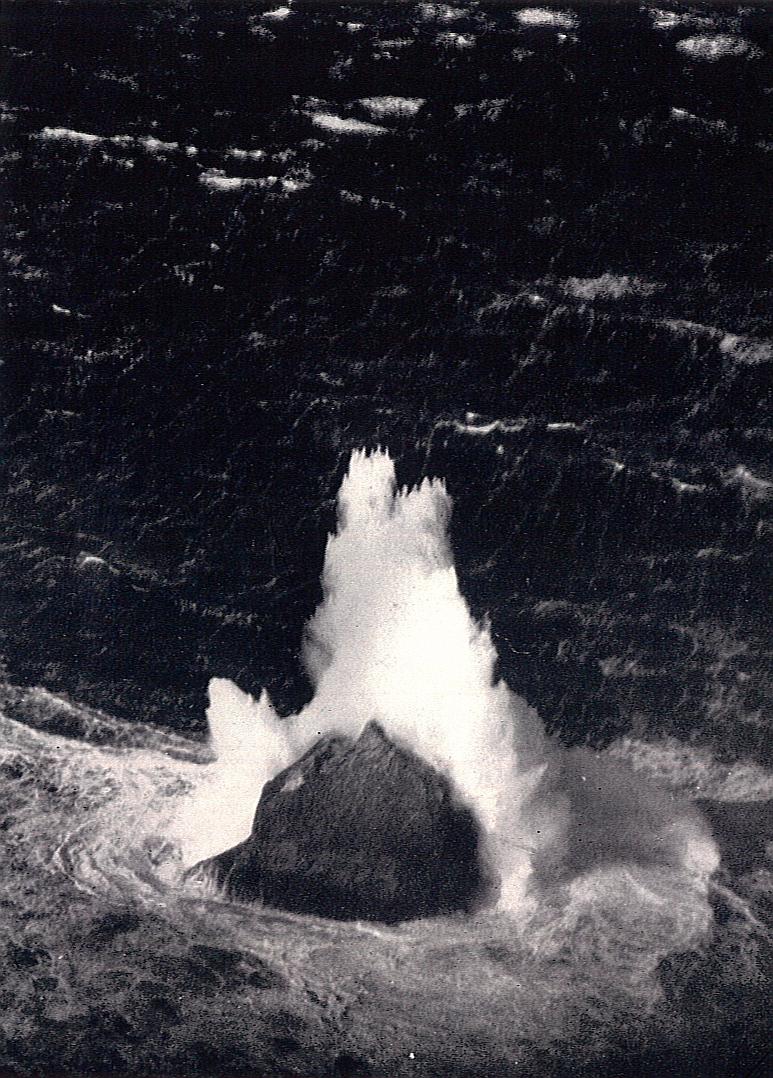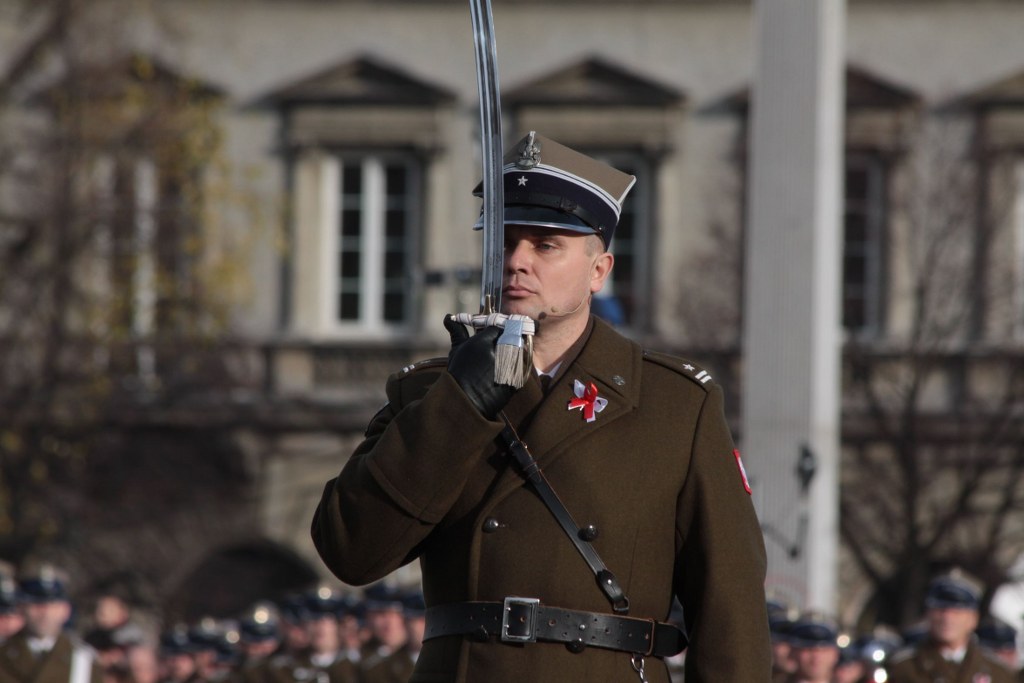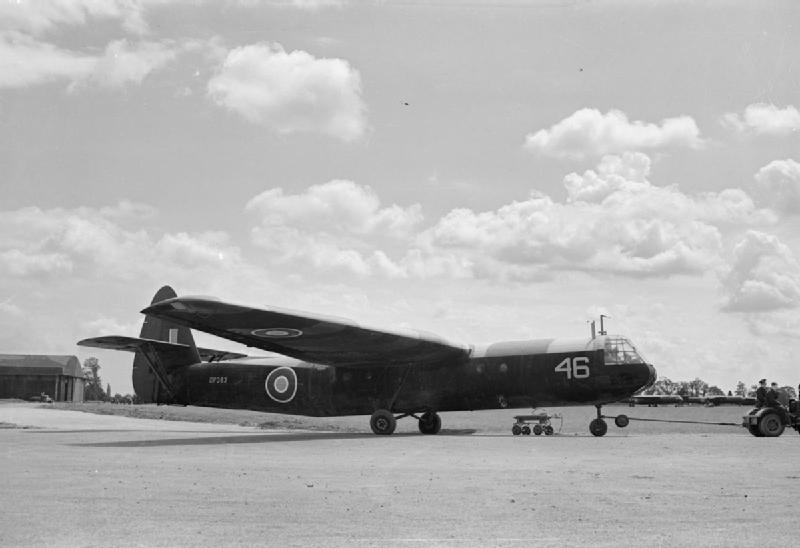|
Wilkinson Sword Of Peace
The Firmin Sword of Peace (previously known as the Wilkinson Sword of Peace) is an award given to units of the British Armed Forces for activities above and beyond the unit's normal role that improve relations with the community, either within the United Kingdom, or overseas. The award was established by British swordmaker Wilkinson Sword in 1966, with the company presenting a ceremonial sword to one unit each of the Royal Navy (including the Royal Fleet Auxiliary), British Army, and Royal Air Force The Royal Air Force (RAF) is the United Kingdom's air and space force. It was formed towards the end of the First World War on 1 April 1918, becoming the first independent air force in the world, by regrouping the Royal Flying Corps (RFC) an ...; each unit having been judged as making the most outstanding contribution to community relations within each service during the calendar year. An award can be shared between multiple units on the same operation: for example, the 1998 Nav ... [...More Info...] [...Related Items...] OR: [Wikipedia] [Google] [Baidu] |
British Armed Forces
The British Armed Forces, also known as His Majesty's Armed Forces, are the military forces responsible for the defence of the United Kingdom, its Overseas Territories and the Crown Dependencies. They also promote the UK's wider interests, support international peacekeeping efforts and provide humanitarian aid. Since the formation of the Kingdom of Great Britain in 1707 (later succeeded by the United Kingdom), the British Armed Forces have seen action in a number of major wars involving the world's great powers, including the Seven Years' War, the American Revolutionary War, the Napoleonic Wars, the 1853–1856 Crimean War, the First World War, and the Second World War. Britain's victories in most of these decisive wars, allowed it to influence world events and establish itself as one of the world's leading military and economic powers. As of October 2022, the British Armed Forces consist of: the Royal Navy, a blue-water navy with a fleet of 72 commissioned ships, together ... [...More Info...] [...Related Items...] OR: [Wikipedia] [Google] [Baidu] |
RAF Aldergrove
Joint Helicopter Command Flying Station Aldergrove or more simply JHC FS Aldergrove is located south of Antrim, Northern Ireland and northwest of Belfast and adjoins Belfast International Airport. It is sometimes referred to simply as Aldergrove which is the name of a nearby hamlet. The military flying units share the Aldergrove runways but have their own separate facilities and helipad. The site was formerly RAF Aldergrove, a Royal Air Force station which was in operation between 1918 and 2009. History Inter-war years RAF Aldergrove first opened in 1918 but was not designated as an operational RAF station until 1925. Various squadrons were posted here during this time: * A detachment of No. 4 Squadron RAF between 30 April 1920 and 26 September 1922 again with the Bristol F2B. * No. 2 Squadron RAF initially at full strength between 2 June 1922 and 27 September 1922 and then as an detachment until 17 September 1923 flying the Bristol F2B Fighter. * No. 502 Squadron RAF ... [...More Info...] [...Related Items...] OR: [Wikipedia] [Google] [Baidu] |
Ceremonial Weapons
A ceremonial weapon is an object used for ceremony, ceremonial purposes to display power or authority. They are often used in parades and as part of dress uniforms. Although they are descended from weapons used in actual combat, they are not normally used as such. Their form and, especially, their finishing and decoration are typically designed to show status and power and to be an impressive sight, rather than for practicality as a weapon. Quite often, ceremonial weapons are constructed with precious metals or other materials that make them too delicate for combat use. With ceremonial swords, an example of this is that the sword may be poorly balanced. Historically, however, many ceremonial weapons were also capable of actual combat, most notably in the military. Ceremonial mace, Maces, halberds, daggers and swords are the most common form of ceremonial weapons, but in theory almost any weapon can become ceremonial. The Sergeant at Arms in some parliaments carries a ceremonial ... [...More Info...] [...Related Items...] OR: [Wikipedia] [Google] [Baidu] |
RAF Brize Norton
Royal Air Force Brize Norton or RAF Brize Norton in Oxfordshire, about west north-west of London, is the largest station of the Royal Air Force. It is close to the village of Brize Norton, and the towns of Carterton and Witney. The station is the base for air transport, air-to-air refuelling and military parachuting, with aircraft operating from the station including the Lockheed C-130 Hercules, Boeing C-17 Globemaster III, Airbus A400M Atlas and Airbus Voyager which replaced the now-decommissioned Vickers VC10 in September 2013 and the Lockheed TriStar in March 2014. Major infrastructure redevelopment began in 2010, ahead of the closure of RAF Lyneham in 2012, and Brize Norton became the sole air point of embarkation for British troops. History Royal Air Force Construction of RAF Brize Norton began in 1935 with the official opening taking place on 13 August 1937. The station was originally to be named RAF Carterton, given its proximity and relationship with the town of ... [...More Info...] [...Related Items...] OR: [Wikipedia] [Google] [Baidu] |
RAF Cosford
Royal Air Force Cosford or RAF Cosford (formerly DCAE Cosford) is a Royal Air Force station in Cosford, Shropshire, Cosford, Shropshire, just to the northwest of Wolverhampton and next to Albrighton, Bridgnorth, Albrighton. History Origins RAF Cosford opened in 1938 as a joint aircraft maintenance, storage and technical training unit. It was originally intended to be opened as RAF Donington (the parish in which it is located) but to avoid confusion with the nearby army camp at Donnington it was named after Cosford Grange House which was located at the south western edge of the airfield. It has remained mainly a training unit to this day. The ''Fulton'' barrack block was built just before the Second World War as the largest single building barrack block in the UK. The block was named after Captain Fulton (an early Air Force pioneer) and paid for by his widow, Lady Fulton. It is a listed building and is now used for technical training. No 2 School of Technical Training was forme ... [...More Info...] [...Related Items...] OR: [Wikipedia] [Google] [Baidu] |
RAF Leeming
Royal Air Force Leeming or RAF Leeming is a Royal Air Force (RAF) station located near Leeming, North Yorkshire, England. It was opened in 1940 and was jointly used by the RAF and the Royal Canadian Air Force (RCAF). Between 1950 and 1991, it operated mostly as a training base with Quick Reaction Force (QRF) Panavia Tornado F3 fighters based there in the latter stages of the Cold War and into the early 21st century. Since 2006, it has become the home of the deployable RAF communications cadre ( No. 90 Signals Unit RAF) and the home of No. 135 Expeditionary Air Wing. History The area at the extreme western edge of the base was used in the 1930s by local flying enthusiasts. It took the name of ''Londonderry Aerodrome'' as it was closest to the hamlet of Londonderry in North Yorkshire. In the late 1930s, the Royal Air Force bought up the aerodrome and most of the surrounding land to convert it into an RAF airfield, which became known as Royal Air Force Leeming. Part of the buildu ... [...More Info...] [...Related Items...] OR: [Wikipedia] [Google] [Baidu] |
RFA Largs Bay
HMAS ''Choules'' (L100) is a that served with the Royal Fleet Auxiliary (RFA) from 2006 to 2011, before being purchased by the Royal Australian Navy (RAN). The vessel was built as RFA ''Largs Bay'' by Swan Hunter in Wallsend, Tyne and Wear. She was named after Largs Bay in Ayrshire, Scotland, and entered service in November 2006. During her career with the RFA, ''Largs Bay'' served as the British ship assigned to patrol the Falkland Islands in 2008, and delivered relief supplies following the 2010 Haiti earthquake. At the end of 2010, ''Largs Bay'' was marked as one of the vessels to be removed from service under the Strategic Defence and Security Review. She was offered for sale, with the RAN announced as the successful bidder in April 2011. After modifications to make her more suited for Australian operating conditions, the vessel was commissioned in December 2011 as HMAS ''Choules'', named after Royal Navy and Royal Australian Navy Chief Petty Officer Claude Choules. A propu ... [...More Info...] [...Related Items...] OR: [Wikipedia] [Google] [Baidu] |




